History books often tell stories about famous men who changed the world, but many amazing women have been left out. These powerful women broke barriers, made discoveries, and fought for justice when the odds were against them. Their stories deserve to be known and celebrated alongside the men who fill our history lessons.
1. Ada Lovelace
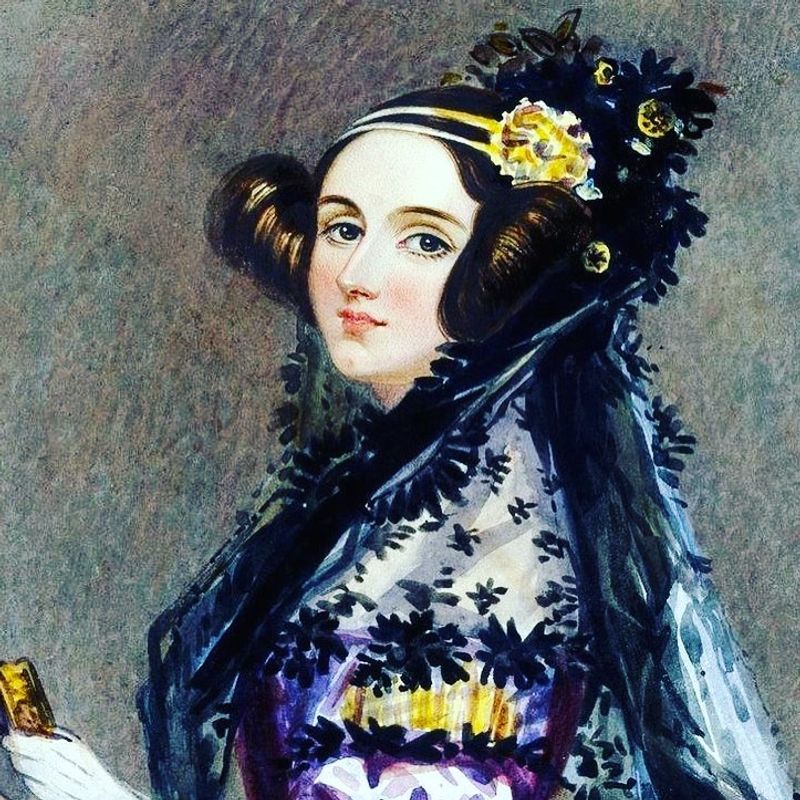
Imagine writing instructions for a computer that didn’t even exist yet. That’s exactly what Ada Lovelace did in the 1840s! The daughter of poet Lord Byron, she combined her artistic imagination with mathematical genius to envision what machines could someday do.
While working with Charles Babbage on his theoretical Analytical Engine, Lovelace wrote what’s now recognized as the world’s first computer algorithm. She predicted machines could manipulate symbols and even create music – ideas far beyond the calculator-like functions others imagined.
Despite her groundbreaking work, history books long credited men like Babbage while Lovelace remained a footnote. Today, the programming language Ada honors her pioneering vision.
2. Nzinga of Ndongo and Matamba
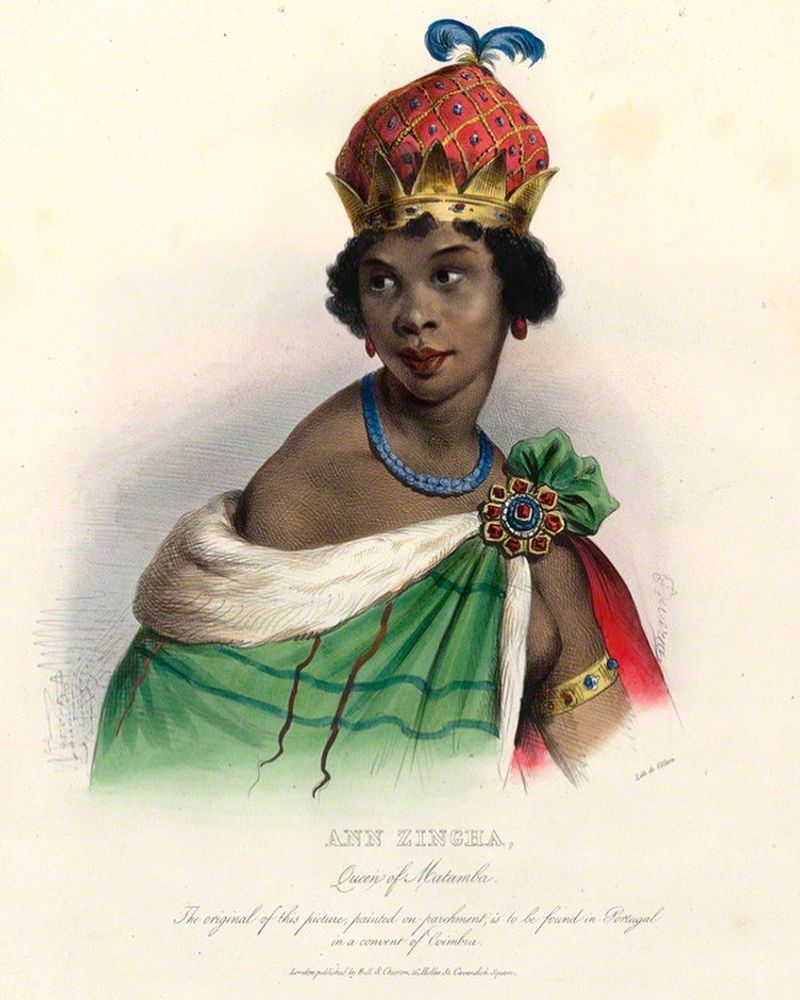
Armed with extraordinary diplomatic skills and fierce determination, Queen Nzinga protected her kingdoms from Portuguese colonizers for four decades. Rising to power in 17th-century Angola, she mastered the art of strategic alliances and military tactics when women rulers were extremely rare.
During one famous negotiation, Portuguese officials refused to offer her a chair. Undeterred, Nzinga commanded her servant to serve as a human throne, demonstrating she would never accept inferior status.
She sheltered escaped slaves, built a formidable army including female soldiers, and maintained independence through brilliant military strategies. Her resistance prevented complete Portuguese domination of the region for her entire lifetime.
3. Claudette Colvin
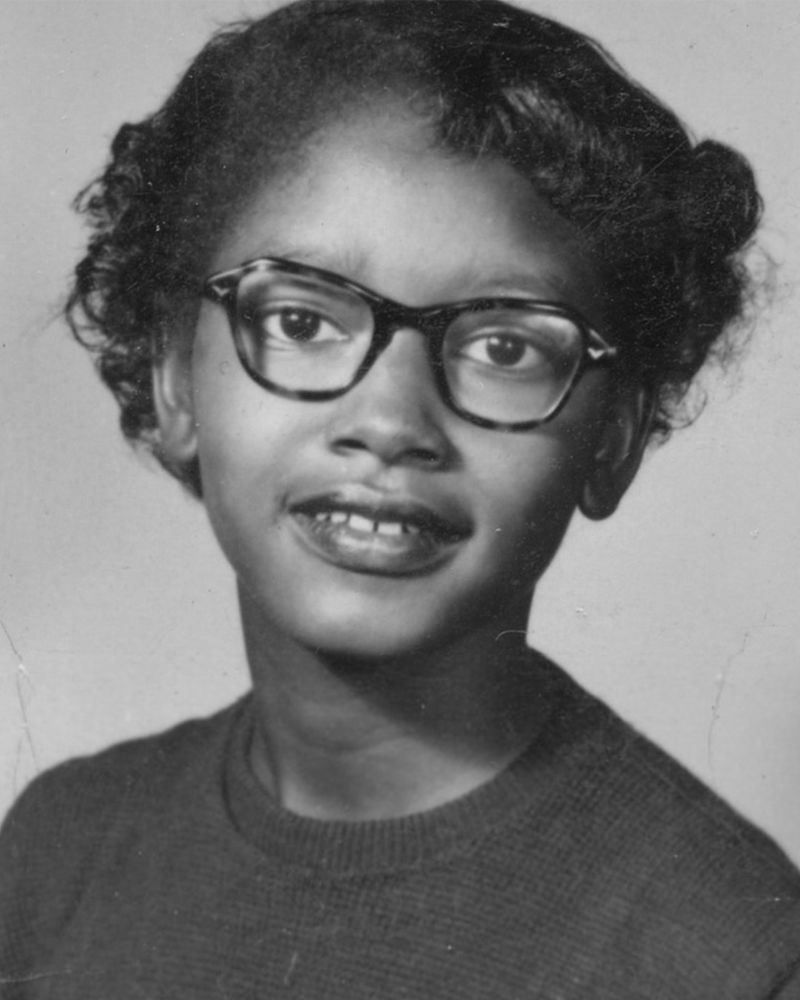
Nine months before Rosa Parks made headlines, 15-year-old Claudette Colvin refused to give up her bus seat in Montgomery, Alabama. The year was 1955, and this brave teenager stood her ground against unfair segregation laws.
Her act of courage led to her arrest and helped spark the famous Montgomery Bus Boycott. Unlike Parks, however, Colvin was deemed too young and eventually pregnant out of wedlock – making her an imperfect symbol for civil rights leaders at the time.
Colvin later became one of four plaintiffs in Browder v. Gayle, the landmark case that successfully ended bus segregation in Montgomery. Yet history books rarely mention her name.
4. Ching Shih
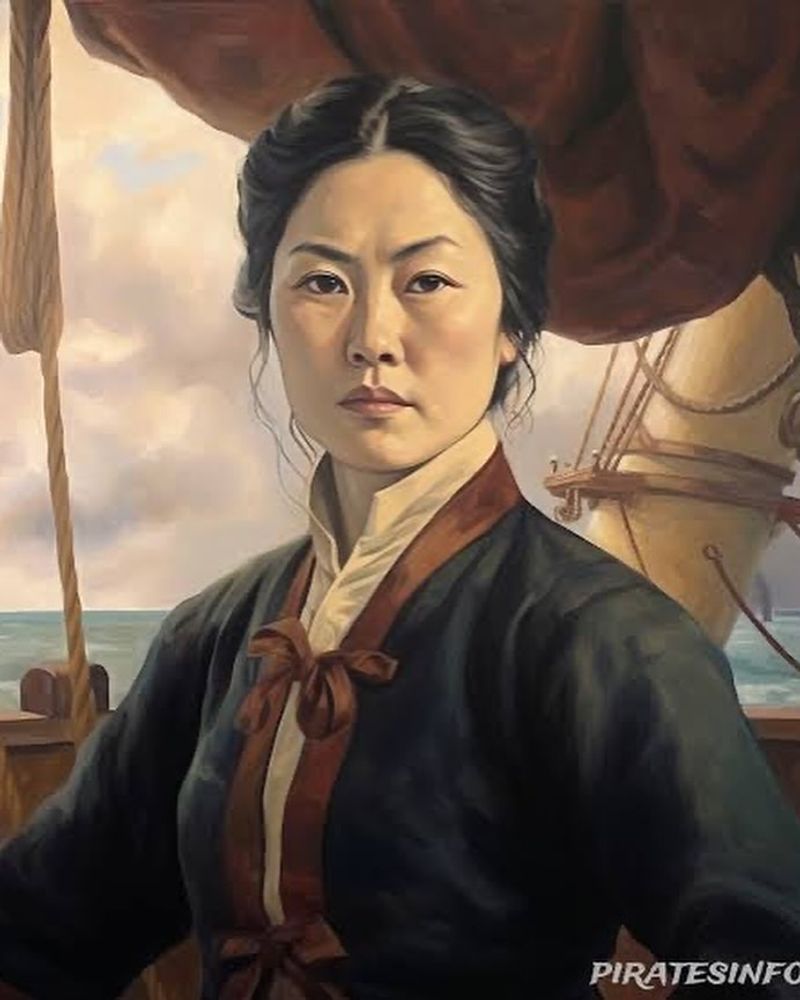
From humble beginnings, Ching Shih rose to command the largest pirate fleet in history. After marrying a powerful pirate captain in early 19th-century China, she took over his fleet when he died – expanding it to over 70,000 pirates and 1,800 ships.
Ching Shih created a strict code of conduct for her pirates. Unauthorized violence against women resulted in execution, and her brilliant naval strategies defeated both Chinese imperial fleets and European powers trying to stop her.
Unlike most pirates who ended up executed or imprisoned, she negotiated her own retirement with the Chinese government. She kept her wealth, opened a gambling house, and died peacefully at 69 – a truly undefeated pirate queen.
5. Murasaki Shikibu
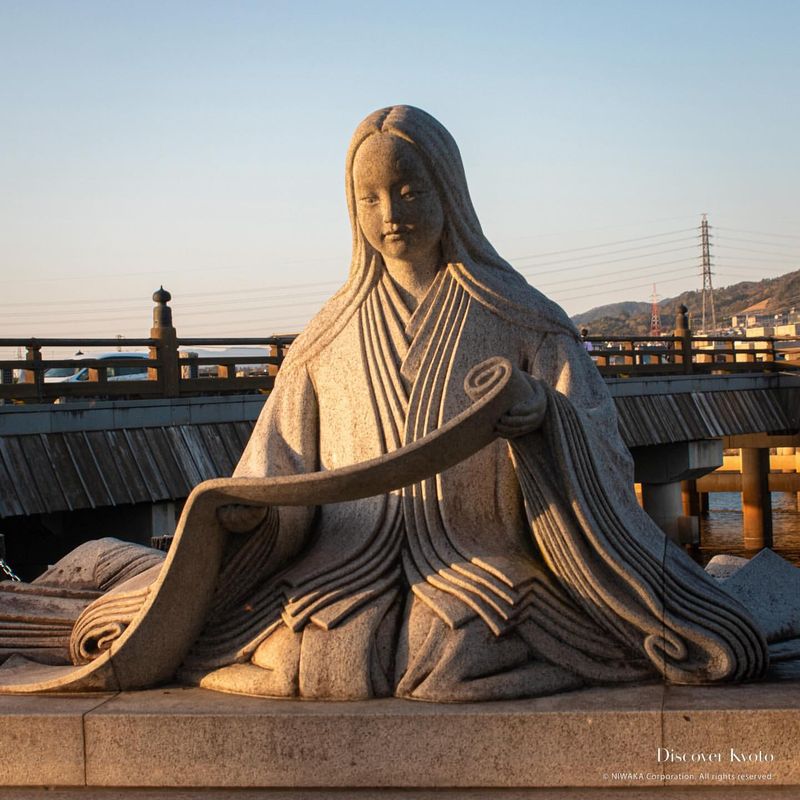
Long before Shakespeare or Cervantes, a Japanese court lady created what many scholars consider the world’s first novel. Murasaki Shikibu wrote “The Tale of Genji” around 1010 CE, crafting a complex 54-chapter masterpiece following the romantic adventures of Prince Genji.
Born into a scholarly family during Japan’s Heian period, Murasaki received an unusual education for a woman of her time. She learned Chinese literature and writing secretly by listening to her brother’s lessons, as such education was normally reserved for men.
Her groundbreaking work explored human psychology, included multiple perspectives, and portrayed women’s inner lives with remarkable depth. Yet Western literature courses rarely acknowledge her as the true pioneer of novel writing.
6. Henrietta Lacks
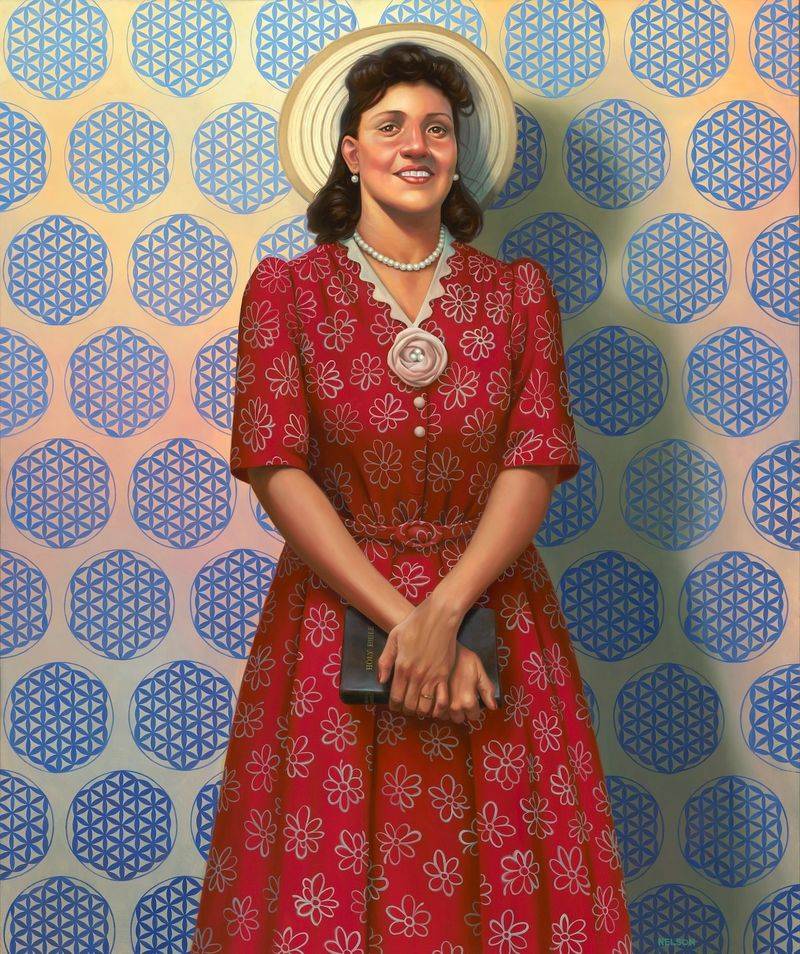
In 1951, a young Black mother named Henrietta Lacks visited Johns Hopkins Hospital for cervical cancer treatment. Without her knowledge or consent, doctors took samples of her uniquely aggressive cancer cells – which, unlike normal cells, continued dividing indefinitely in lab conditions.
These “immortal” HeLa cells revolutionized medicine. They helped develop polio vaccines, cancer treatments, gene mapping, and countless other medical breakthroughs. Scientists have grown over 50 million tons of her cells, and they continue dividing today.
Tragically, Lacks died at just 31, never knowing her contribution. Her family remained unaware for decades while pharmaceutical companies made millions from her cells. Her story raises critical questions about medical ethics and racial justice.
7. Bessie Coleman
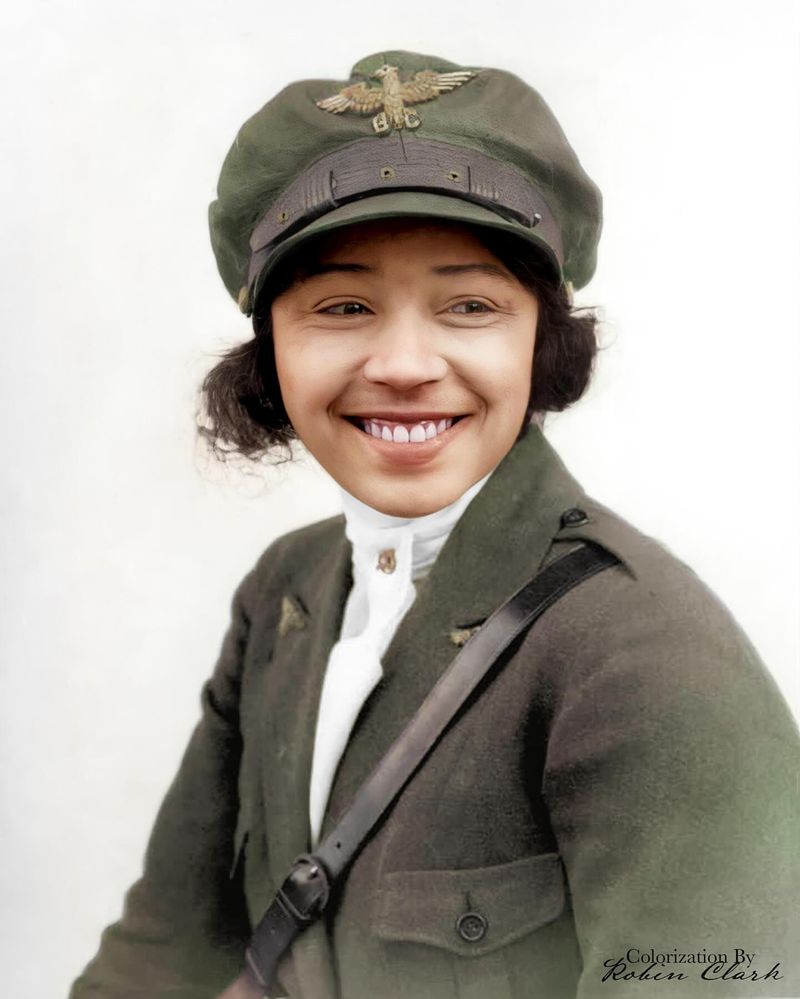
“Queen Bess” soared through the skies when both her race and gender should have kept her grounded. Born to sharecroppers in 1892, Bessie Coleman dreamed of flying after hearing stories about World War I pilots. When American flight schools rejected her because she was Black and female, she learned French and sailed to France for training.
In 1921, Coleman became the first African American and first Native American woman to earn a pilot’s license. She specialized in stunt flying and parachuting, drawing huge crowds to her aerial shows across America.
Though her life was cut short in a plane crash at 34, her determination opened the skies for future generations of Black pilots. The Tuskegee Airmen would later cite her as an inspiration.
8. Sybil Ludington
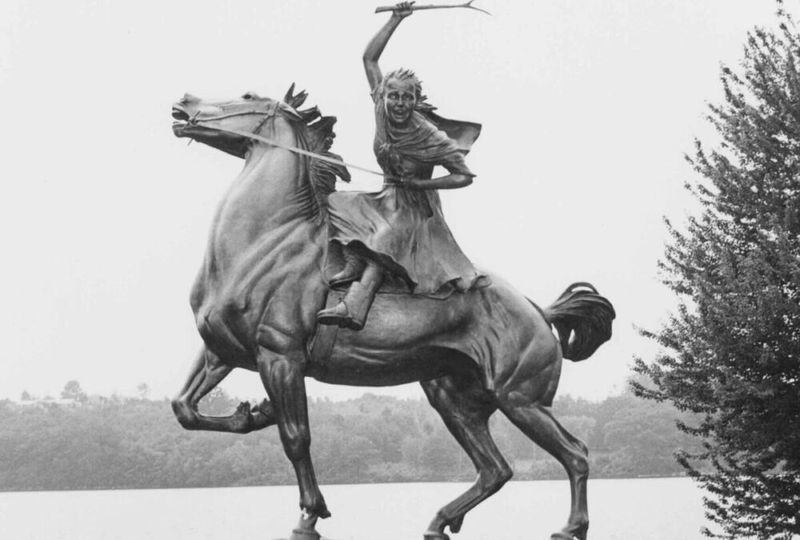
While Paul Revere’s midnight ride lives on in American legend, 16-year-old Sybil Ludington’s even more impressive journey remains largely unknown. On a rainy night in April 1777, this teenage girl rode nearly twice as far as Revere to warn colonial militia that British troops were approaching.
Navigating dark, unfamiliar roads for 40 miles on horseback, Sybil used a stick to knock on doors and defend herself from highway bandits. By morning, she had helped gather hundreds of soldiers to defend against the British raid.
General George Washington personally thanked her for her bravery. Yet while schoolchildren recite poems about Revere, Sybil’s remarkable ride rarely appears in history textbooks.
9. Wangari Maathai
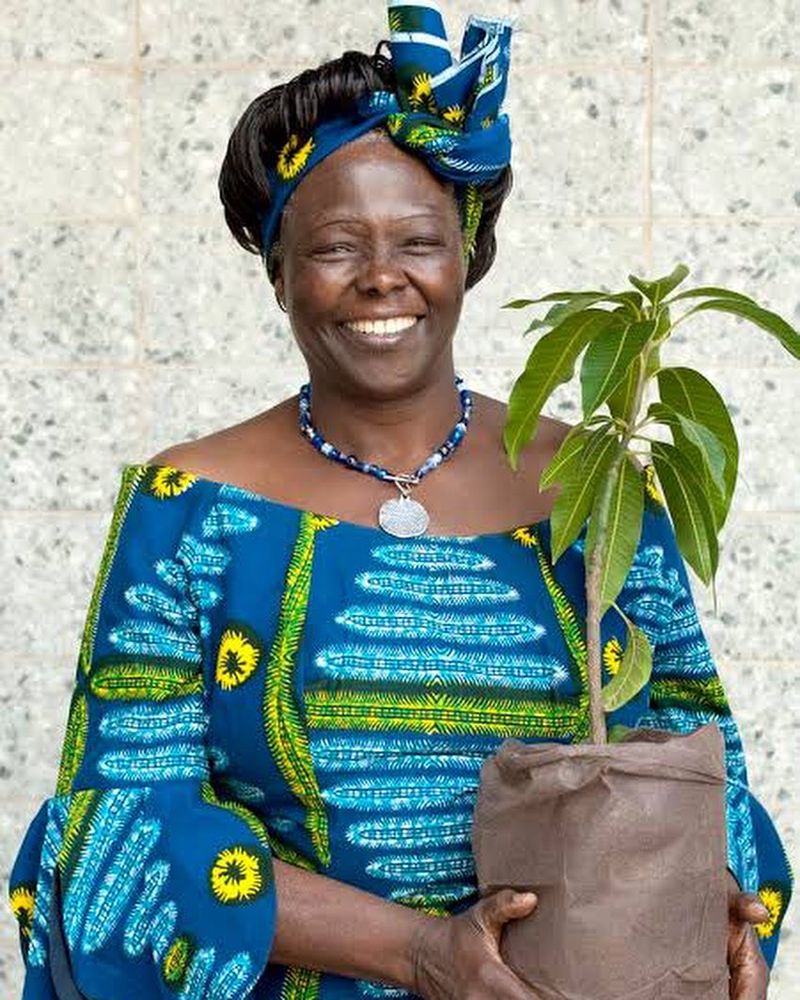
When environmental destruction threatened Kenya, Wangari Maathai responded with a beautifully simple solution: planting trees. In 1977, she founded the Green Belt Movement, empowering rural women to restore their land one seedling at a time.
As the first woman in East Africa to earn a PhD, Maathai faced fierce opposition from government officials who called her “too educated, too strong, too successful, too stubborn.” She was beaten, imprisoned, and threatened for her environmental activism and pro-democracy stance.
Despite these challenges, her movement planted over 51 million trees and trained thousands of women in forestry and sustainable livelihoods. In 2004, she became the first African woman to receive the Nobel Peace Prize, connecting environmental conservation with peace.
10. Rosalind Franklin
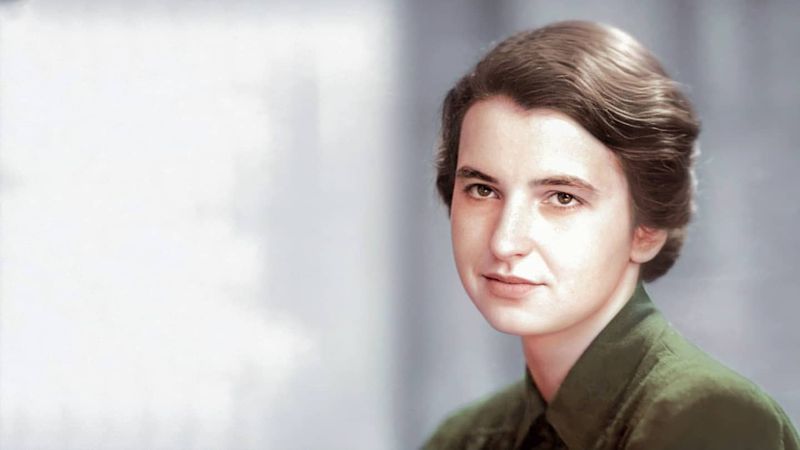
The discovery of DNA’s double-helix structure is one of science’s greatest breakthroughs – but the woman who made it possible was robbed of recognition. Rosalind Franklin’s exceptional X-ray photographs, particularly the famous “Photo 51,” provided the crucial evidence for DNA’s twisted ladder structure.
A brilliant chemist and X-ray crystallographer, Franklin meticulously conducted her research at King’s College London in the early 1950s. Without her knowledge, her colleague Maurice Wilkins showed her groundbreaking images to competitors James Watson and Francis Crick.
Watson and Crick published their famous paper in 1953, briefly acknowledging Franklin’s “unpublished” work. They later received the Nobel Prize while Franklin, who died of ovarian cancer at 37, remained largely uncredited for decades.
11. Tawakkol Karman
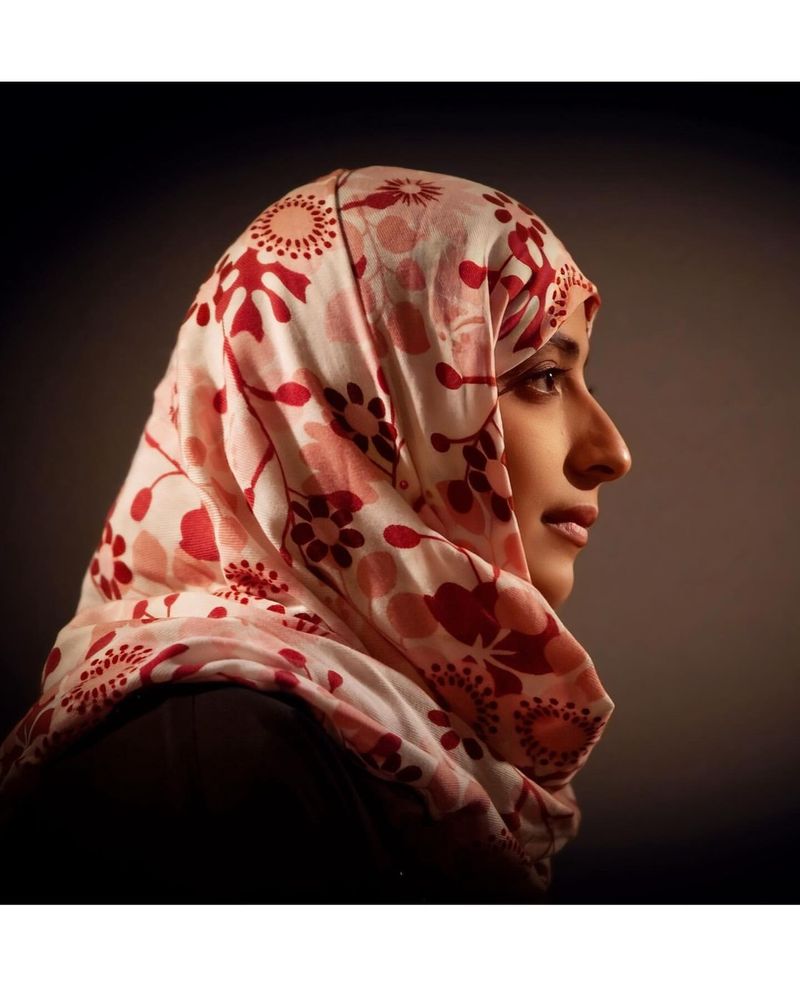
“The Mother of the Revolution” became her nickname as Tawakkol Karman led peaceful protests against Yemen’s authoritarian regime. Starting in 2005, this fearless journalist organized weekly protests against government censorship and corruption despite constant threats and harassment.
When the Arab Spring erupted in 2011, Karman helped transform Yemen’s uprising into a massive peaceful movement. She set up protest tents in “Change Square,” delivering powerful speeches while dodging arrest attempts. Her insistence on nonviolence was revolutionary in a country known for tribal conflicts.
At just 32, she became the first Arab woman and youngest person at that time to win the Nobel Peace Prize. The committee praised her struggle “in the most difficult circumstances” for women’s rights and democracy.
12. Griselda Blanco
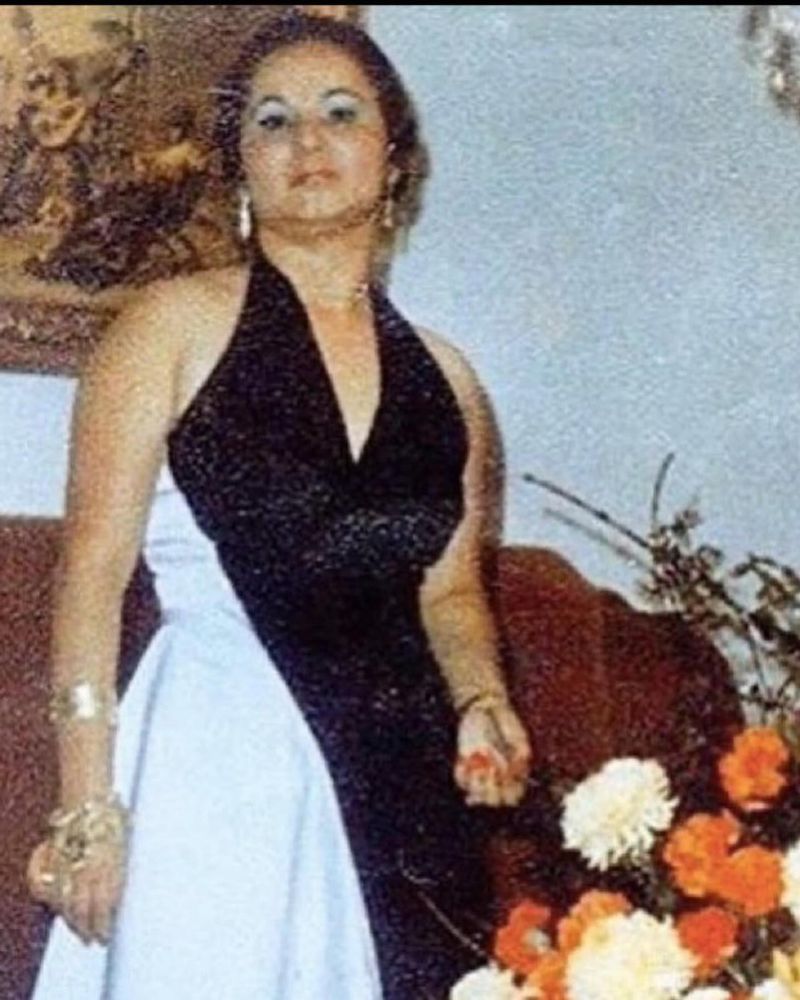
Known as the “Black Widow” and “Cocaine Godmother,” Griselda Blanco built one of history’s most ruthless drug empires during the bloody Miami drug wars of the 1970s and 80s. Born into poverty in Colombia, she rose from petty crime to dominate cocaine trafficking when the business was almost exclusively male-controlled.
Blanco pioneered brutal tactics that transformed drug trafficking, including motorcycle drive-by shootings and using women and children as drug mules. At her peak, she smuggled 3,400 pounds of cocaine monthly into the US and was reportedly worth over $2 billion.
Her story, though certainly not heroic, reveals how women’s roles in organized crime have been minimized in history. Law enforcement created special task forces specifically to capture this overlooked criminal mastermind.

Comments
Loading…